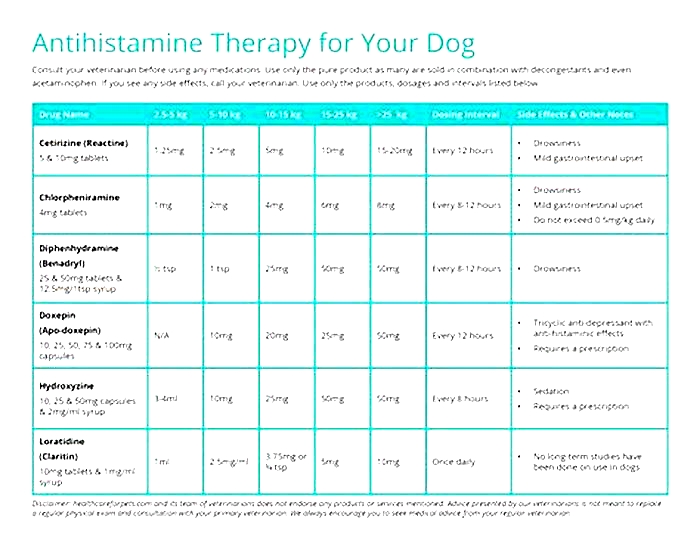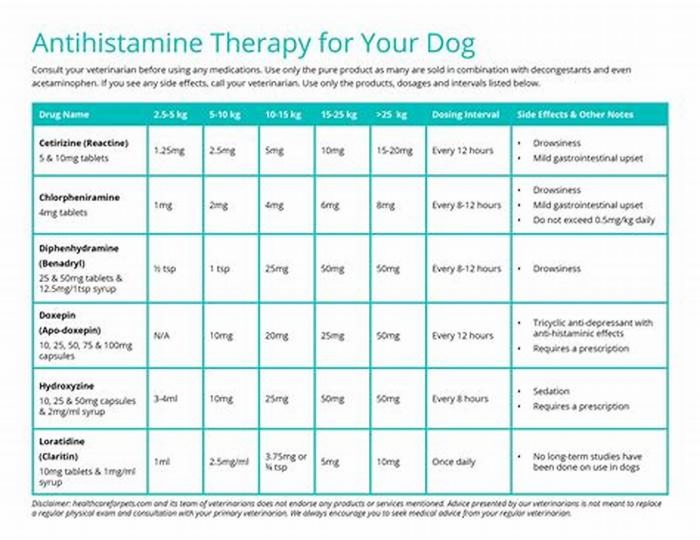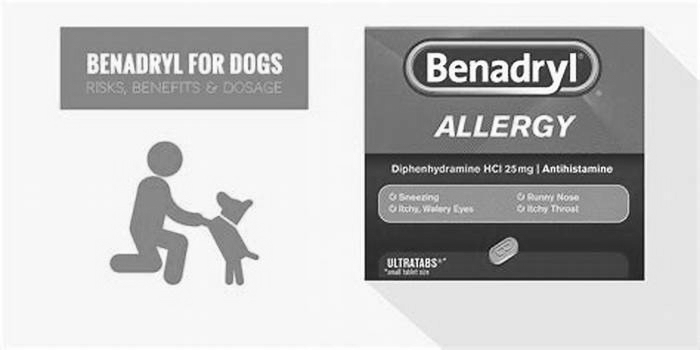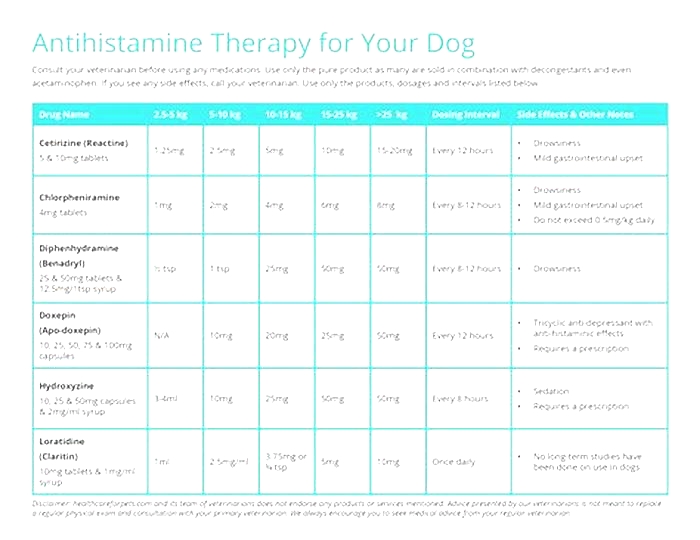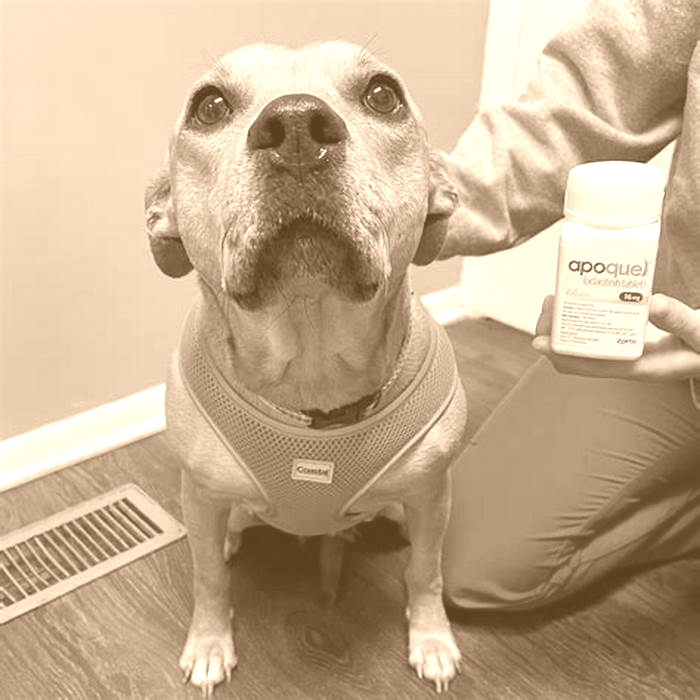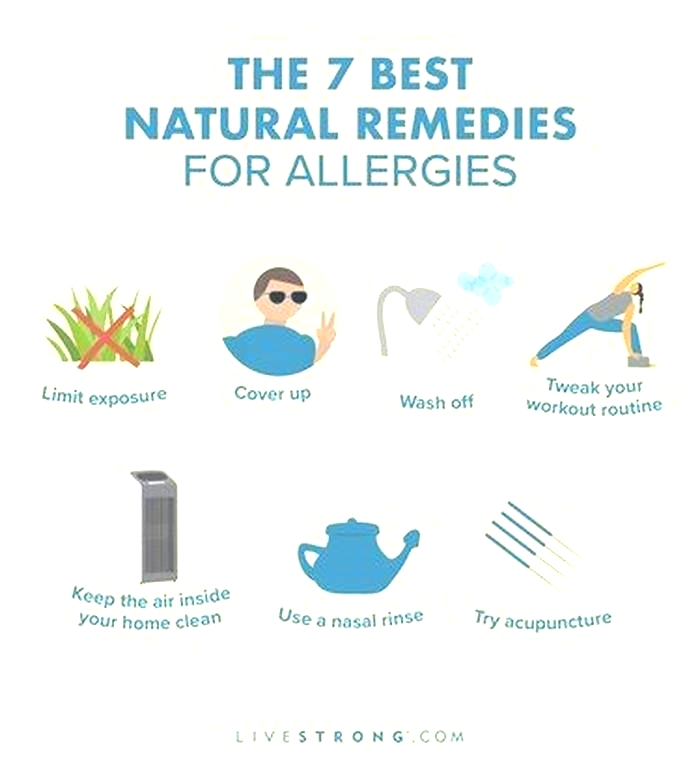What is the best antihistamine for pet allergies
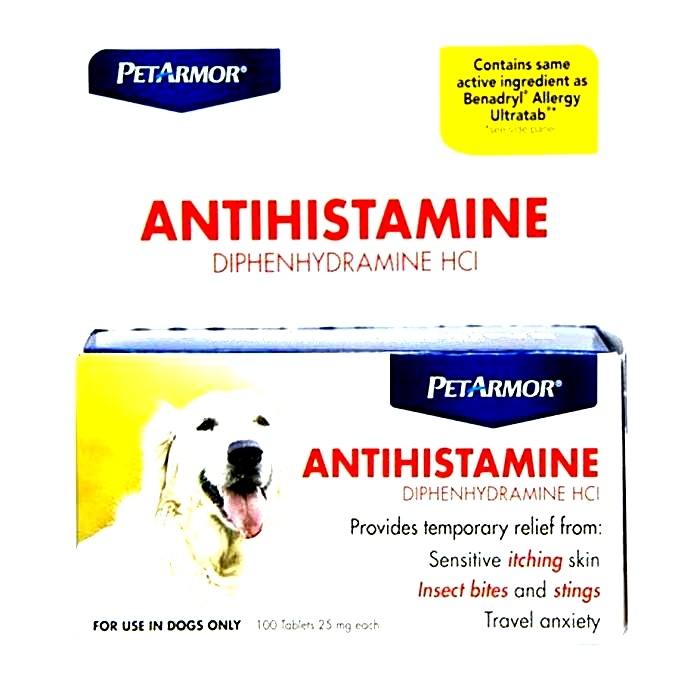
Pet Allergy
How common are allergies to pets?
Cat and dog allergy is common, especially in people who also have allergic asthma or hay fever. It is also possible to be allergic to other types of animals including those with hair (fur), feathers or even scales, including:
- Rabbits
- Rodents such as guinea pigs, mice and hamsters
- Birds
- Horses
- Reptiles, such as iguanas
- In addition allergy to pet bedding (straw, shredded paper, moulds ) is a possibility
What causes pet allergy?
Pet allergy is caused by the protein in a pets saliva, urine or dander (shed skin particles). Cats and dogs produce multiple proteins with the potential to cause a pet allergy. It is commonly thought that the hair causes symptoms, however it is the pets dander that is mainly responsible. This is spread when pets shed their hair or feathers or groom themselves. Cat allergen is found on the skin and fur and is due to their sebaceous and salivary glands: when a cat licks itself the allergen is transferred onto the hair. Dog allergen is found mainly in the hair, dander and saliva. The main source of allergen for rodents, such as mice, is in their urine.
Allergic signs and symptoms are seen in people whose immune system mistakenly recognises pet dander, saliva, or urine, as a harmful substance (allergen) and, as a result, produces IgE antibodies as a defence mechanism. On further exposure to that pet allergen, allergic signs and symptoms may be seen as an allergic reaction.
Pet hair itself can also act as a carrier of other airborne allergens: pollen, house dust mite and mould, which can cause allergic symptoms in individuals with hay fever, asthma, or eczema. Pet dander alone can also be an allergic trigger in these allergic conditions. Having a cat or dog allergy is also a risk factor for the development of allergic rhinitis or asthma.
Exposure to pet dander in the environment
It is possible to develop an allergy to an animal or pet at any time, even where that animal has previously been a pet, or where a pet does not live in your home. Workplace exposure can occur for occupations such as vets, farmers, and laboratory scientists.
Pet allergens can also be found in schools and public places where they have been transferred on clothing and shoes from pet owners. Exposure to cat allergen in schools can exacerbate symptoms in asthmatic children with cat allergy.
Cat allergen is particularly persistent and can remain in homes long after a cat is no longer there. Pet dander can become airborne as hair is shed by grooming and collects on furniture and other surfaces.
Horse allergy is an important problem even in a young urban population. It causes a wide range of allergic symptoms from urticaria (rash) to respiratory problems. This type of allergen can also be carried on clothing with the dander being transferred.
Hypo-allergenic pets
There is no such thing as a truly non-allergic dog or cat.
Signs and symptoms of a pet allergy
Allergic symptoms of a pet allergy can be mild, moderate or severe, depending upon the individuals sensitivity and level of exposure. They can start within minutes of exposure or can be delayed (late phase response) and include:
- Sneezing
- Coughing
- Breathing difficulties
- Wheeze
- Watery, red, itchy eyes
- Skin rash/Hives
- Eczema flare
- Anaphylaxis
Diagnosing a pet allergy
Identifying allergic triggers is an important part of managing an allergy.
If you suspect pet allergy it is important to discuss this with your GP or Health Professional, especially if you have other allergic conditions such as asthma, rhinitis or eczema.
Your GP/Health Professional may refer you for allergy testing to confirm or exclude a pet allergy. This can be done by a blood test for specific IgE to the suspected animal and/or by skin prick testing. Referral to an allergy specialist may be needed. Allergy testing before getting a pet for people without any symptoms of allergy is unhelpful. This is because subsequent exposure may still lead to allergy in a person who has previously not been allergic to pets.
Practical advice on reducing animal dander exposure
Using a combination of the following pet allergen control measures may help to reduce symptoms and control existing allergic symptoms that are triggered by pet allergen.
Inside the home:
- Keep pets outside if possible and always out of the bedroom
- Do not allow pets to sit or sleep on soft furnishings such as sofas, cushions, or beds
- Wash pet bedding regularly on a hot wash
- Remove horse-riding clothes before entering the home. Bag and wash them and shower after riding
- Using an air purifier may help reduce indoor airborne allergens
Outside the home:
- Avoid contact with relevant animals
- If possible avoid visiting homes/areas where pets live
- If exposure is likely, try taking an antihistamine beforehand and use your prescribed preventative treatment for asthma / rhinitis. Avoid touching the pet or being in the same room
- Wash hands after touching or being licked by a pet
- Washing and grooming pets regularly (by a non-allergic person) may help reduce allergen shedding.
By cleaning:
The aim of these recommendations are to reduce the amount of allergen in the air and environment, including on surfaces, soft and hard furnishings and the floor.
- Damp dust as often as possible to help keep pet dander (as well as dust mites and other allergens) to a minimum
- Clean carpets using a vacuum (but it must be one with a HEPA (high efficiency particulate air) filter and wash hard floor surfaces with hot, soapy water
- Wash soft furnishings like duvet covers, curtains, cushions, soft toys on a hot wash cycle
- Super- heated steam cleaning has the potential to disrupt allergens so that they no longer cause symptoms
- Clean animal cages outside and replace any bedding or litter that has urine on it.
Pet allergy management and treatment
- Avoid the pet or animal where possible
- If this is impossible or insufficient then medication to help alleviate the symptoms can be used after advice from a Health professional (GP or Pharmacist). Medicines include:
- Non-sedating antihistamines
- Antihistamine nasal sprays
- Eye drops
- Nasal sprays
- Asthma inhalers
- Allergen barrier balm
- In moderate to severe pet-induced allergy, allergen-specific immunotherapy may be appropriate. This requires initial GP assessment then referral to allergy/immunology specialist. It is unlikely to be NHS funded.
Zyrtec vs. Claritin for treating allergies
Many people use antihistamines to treat allergy symptoms. Zyrtec (cetirizine) and Claritin (loratadine) are two popular brands. They contain different compounds but appear to be equally effective.
Antihistamines can reduce allergy symptoms, such as watering eyes, itchy skin, hives, and swelling. They may also help with dermatitis or mosquito bites, but manufacturers usually market them for specific allergies.
Zyrtec is a brand name for the drug cetirizine. Claritin is the brand name for loratadine. Zyretc and Claritin are in the same class of medications. Both are second-generation antihistamines and generally work the same way in the body. Neither is clearly better than the other.
In this article, we provide details about the differences between Zyrtec and Claritin. We also compare them to two other popular brands of antihistamines: Benadryl and Allegra.
Zyrtec and Claritin are brand-name medications that people can buy over the counter (OTC). They are available in various forms, including pills, chewable tablets, and syrups.
Regardless of marketing claims, little scientific evidence shows that either is more effective.
Active ingredients
Zyrtec and Claritin have different active compounds.
Zyrtec contains cetirizine hydrochloride, also called cetirizine HCL, while Claritin contains loratadine.
Drowsiness
Zyrtec and Claritin are second-generation antihistamines. They are less likely to make a person feel drowsy or otherwise affect alertness than older, first-generation antihistamines.
The labeling of Zyrtec says that a person should not take it when driving a vehicle or using machinery. People should avoid taking Zyrtec with alcohol or other medicines that could cause drowsiness.
Timescales
Zyrtec and Claritin are effective for about 24 hours. A person should only take one dose per day. The body absorbs both antihistamines quickly, but Zyrtec seems to work faster for some people.
A 2019 article states that antihistamines reach their peak concentration between 30 minutes and 3 hours after swallowing them.
Researchers are often studying, comparing, and improving antihistamines. Other popular brands on the market today are Allegra and Benadryl.
- Allegra: This contains the active ingredient fexofenadine. Allegra is non-sedating, so drowsiness is not a common side effect, although it is possible. Allegra is also a second-generation antihistamine.
- Benadryl: This contains the active ingredient diphenhydramine. This can last
up to 24 hours , which is longer than the other three. It aims to treat minor skin reactions and seasonal allergies. Benadryl is a first-generation antihistamine, which makes it sedating, so people tend to feel drowsy after taking it.
When people come into contact with an allergen, their immune system reacts and produces a chemical called histamine.
Histamine causes many allergy symptoms, including inflammation of the skin or sinuses, pain, redness, and wheezing.
Immune responses also encourage extra mucus to develop, which helps to clear allergens from the nose and throat.
Allergy medications block histamine responses. This dulls the bodys response to minor or harmless allergens, such as pollen, dust, and pet dander.
Claritin and Zyrtec are effective and safe for most people with minor allergies. However, as with all medications, there may be some side effects.
Side effects
Everyone reacts to medications differently, but Claritin and Zyrtec may have the following side effects:
Allergic reactions
Some people experience a severe allergic response called anaphylaxis after taking antihistamines. A person should seek emergency medical attention if any of the following symptoms are present:
- hives
- a swollen throat
- swollen lips or face
- trouble breathing or other respiratory symptoms
- a racing heartbeat
Children
Some antihistamines are safe for children, but it is a good idea to talk with a doctor or pharmacist and check the label carefully before giving antihistamines to a child.
Pregnancy
A 2020 article examined the association between antihistamine use during early pregnancy and birth defects. Contrary to findings from older studies, the authors stated there was a lack of evidence to support an association.
The American College of Obstetricians and Gynecologists states that Zyrtec (citirizine) and Claritin (loratadine) may be safe during pregnancy.
The labeling for Zyrtec states that it is unsuitable during breastfeeding.
Pregnant people should check with a doctor before using an antihistamine or any other drug.
Claritin and Zyrtec are popular OTC antihistamines. Doctors consider them safe and effective treatments for minor allergies.
Both are second-generation antihistamines. These cause less drowsiness than first-generation antihistamines.
No research has concluded that Zyrtec or Claritin is more effective, but some people report better responses with one or the other. The slight differences between the two may make one drug more appropriate for some people.
People can purchase Zyrtec, Claritin, and other popular brands without a prescription from supermarkets, pharmacies, and online stores.
Antihistamines For Your Cats Allergies: 5 Vet-Reviewed Options (2024 Update)
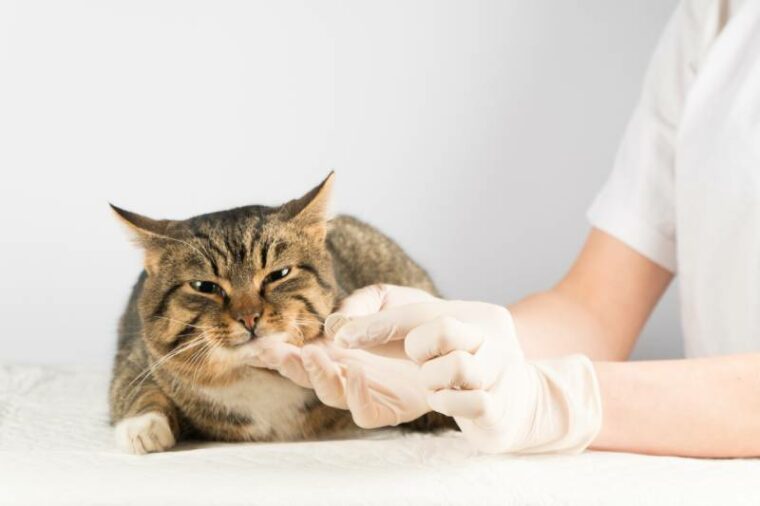
The information is current and up-to-date in accordance with the latest veterinarian research.
Learn moreItching, especially overgrooming, is one of the most likely dermatologic reasons for a cat to see a veterinarian. Sometimes well think overgrooming is a stress issue, but arecent studyshowed that in a group of cats presenting for suspected psychogenic alopecia (behavioral or stress overgrooming) in all but 10% of the cats1, another cause, such as allergies, parasites, hyperthyroidism was found to be the cause. This shows stress overgrooming is likely over-diagnosed, and were missing the real cause for overgrooming to the point of hair loss and skin lesions.
Read on to learn why you may or may not want to try an antihistamine for your cat with allergies and our review of some of the best options your veterinarian might recommend.
What Are Allergies?
Allergies, by definition, are a response in the body against something, in which the body releases histamines when it recognizes that something. Knowing this, it makes sense that antihistamines are the most common way to treat allergies in people. Block the release of histamines, and you keep allergy symptoms from happening.
There are a lot of ways to go about treating itchiness, especially from allergies, in a cat. There are several benefits to choosing an antihistamine to treat allergies in a cat, but there are several complicating factors too that will influence whether a veterinarian decides to trial antihistamines in an itchy cat.
The 5 Best Antihistamines for Cat Allergies
1. Benadryl (Diphenhydramine)
| Dosing Frequency: | Every 812 hours |
| Formulation: | Tablets, capsules, oral liquids, topicals, injections |
| Prescription Required?: | No |
| Generation: | First |
| Important Side Effect: | Drowsiness |
Benadryl is the classic antihistamine for pets. Its usually the only one available within a veterinary clinic and has several other uses beyond the treatment of allergies. In general, antihistamines take time to work and work best when already in use before itching starts, but Benadryl is generally considered more likely than others to work for immediate relief. While it can make a cat drowsy, this effect usually lessens over time with daily use.
- Widely available in many forms
- Trusted as more likely to work than other antihistamines (first generation)
- Generally safe
- Useful medication of choice for allergic reactions
- Drowsiness may lessen with repeated use over time
- Possible side effects include constipation, urinary retention, GI upset, dry mouth (increased thirst), and excitement/agitation
- Formulations need to be screened by a veterinarian because some forms contain xylitol or alcohol
- Cats with asthma, bladder obstruction concerns, hyperthyroidism, glaucoma, heart disease, seizures, or high blood pressure may not be able to take this safely
- Causes sedation
- Tastes bad, sometimes making it difficult to give
- Dosing is more frequent than other antihistamines
2. Claritin (Loratadine)
| Dosing Frequency: | Once daily |
| Formulation: | Tablets, oral liquids |
| Prescription Required?: | No |
| Generation: | Second |
| Important Side Effect: | None |
Loratadine is incredibly safe to use with no established side effects though its used with caution in cats with dry eye conditions or significant renal or liver disease based on side effects in humans. The once-daily dosing and tiny tablet size of which you only usually give half, makes it easy to give to cats. This antihistamine also doesnt cause drowsiness. Since it isnt used in pets as much or for as long as some other medications, its actual efficacy is only anecdotal.
- Non-drowsy
- Easy to give daily
- Safe
- No official established efficacy in cats
- More expensive than some other antihistamine options
- Oral liquids of this medication are usually not safe to use in cats, generally recommended to only use the tablets
3. Zyrtec (Cetirizine)
| Dosing Frequency: | Once to twice daily |
| Formulation: | Tablets and oral liquids |
| Prescription Required?: | No |
| Generation: | Second |
| Important Side Effect: | None |
Like Claritin, Zyrtec is generally very safe in cats. The official dosing for this medication is once daily but anecdotally it may work better with twice daily dosing and seems to be safe dosed either way. Despite being a second-generation antihistamine, it is possible for this medication to cause drowsiness in small animals like cats, especially at high doses. The liquid and dissolving tablet forms of this medication should be avoided in cats as they can contain propylene glycol and xylitol which are toxic.
- Easy dosing
- Good safety rating overall
- May cause mild drowsiness
- Caution for use in cats with liver disease
- May need to be tested in a cat for longer than others to try both once and twice daily dosing
4. Chlor-Trimeton (Chlorpheniramine)
| Dosing Frequency: | Every 824 hours, usually every 12 hours |
| Formulation: | Tablets and oral liquids |
| Prescription Required?: | No |
| Generation: | First |
| Important Side Effect: | Drowsiness |
Chlorpheniramine is often found in cold medications for humans mixed with other medications in one product. Formulations of just chlorpheniramine can be more common in animal medicine than in humans, and so sometimes this medication is a little harder to find than other antihistamines. It is important to not use any of the forms that are mixed with other medications in cats as the other components are typically unsafe for them. The product itself alone, though, is generally safe and well tolerated in cats, and like Benadryl, drowsiness can lessen over time with daily use.
- Inexpensive
- Safe
- May work with once daily dosing
- Been used in cats for much longer than many other antihistamines
- May need to be tested in a cat for longer than others to try different dosing frequencies
- Possible side effects include constipation, urinary retention, GI upset, dry mouth (increased thirst) and excitement/agitation
- Need to carefully avoid formulations that are mixed with other medications which may make it harder to find in your area
- May cause drowsiness
5. Vistaril (Hydroxyzine)
| Dosing Frequency: | Every 12 hours |
| Formulation: | Tablets, capsules, oral liquids, injections |
| Prescription Required?: | Yes |
| Generation: | First |
| Important Side Effect: | Drowsiness |
Hydroxyzine is the only antihistamine on this list that requires a prescription. The reason it is included is there is some evidence it may be more effective than other antihistamines in dogs, which could potentially, therefore, be true in cats also, so some veterinarians prefer it. This medication affects the central nervous system more than other antihistamines, which means it can cause more sedation, but also means if there is a stress-related component of overgrooming behaviors in the cat, this may help more in that cat.
The dosing frequency of this medication is well established, and it has been in use for a long time compared to second-generation antihistamines, but it does have more side effects than other antihistamines.
- Twice daily dosing is well established
- May be considered more likely to be effective by some veterinarians
- Common in human medicine and therefore easy to find at any pharmacy
- May help with both allergy overgrooming and psychogenic alopecia
- More likely to cause sedation (more significant than drowsiness), but this can lessen with daily use like other antihistamines
- Possible side effects include constipation, urinary retention, GI upset, dry mouth (increased thirst), and excitement/agitation
- Cats with asthma, bladder obstruction concerns, hyperthyroidism, glaucoma, heart disease, seizures, or high blood pressure may not be able to take this safely
- Injections and oral liquids of this medication are often not safe in cats
Buyers Guide to Antihistamines for Allergies in Cats
The decision of which antihistamines to try for treatment of allergies in cats is heavily informed by how important various formulation options or minimal dosing frequency is, whether a cat has any other health conditions that make antihistamines less safe for them, and the experiences of the prescribing veterinarian.
Pros of Antihistamines for Allergies in Cats
Most antihistamines come with very few side effects and are generally considered very low-risk medications.
They do come in two types: first-generation and second-generation. First-generation antihistamines can make a cat drowsy, while second-generation antihistamines generally dont.
Antihistamines are generally considered affordable. Theyre also usually accessible because most are available over the counter. In fact, this list only contains one antihistamine that requires a prescription.
Many antihistamines require once-daily dosing, which is very helpful when convincing your cat to cooperate with their treatment plan.
Since antihistamines are so commonly used in people, theyre far easier to pick up than some pet-specific medications. Any pharmacy will have them but so will grocery stores, gas stations, convenience stores, travel hubs, and online retailers, to name a few.
Cons of Antihistamines for Allergies in Cats
While antihistamines are usually the first choice for the treatment of allergies in people, you may find this isnt true for cats with most veterinarians. The reason?
They dont seem to work consistently. How frustrating is that? There are many different available antihistamines, but no one antihistamine has been shown to work better than others in any studies, and some have never been proven to work at all.
As best we can tell, any antihistamine has a chance to work for a cat with allergies, but you wont know until you try it. Its impossible to predict ahead of time. From experience, I can say the first-generation antihistamines seem a bit more likely to work, but they also consistently cause drowsiness, while second-generation antihistamines most likely wont have any side effects at all.
All this means that to try and treat allergies in cats with antihistamines usually means signing up for several weeks to months of changing medications every couple weeks until you find one that works if you find one that works.
Studies also seem to indicate that antihistamines are unlikely to work for cat allergies unless theyre mild. Pairing them with omega-3 fatty acid supplementation seems to help with their efficacy, but that is, of course, adding an additional item to a cats treatment list, which is usually not appreciated by the kitty.
Another issue with antihistamines is that, although theyre available over the counter and generally considered safe, different antihistamines do have contraindications for certain problems. Some may not be safe with a specific medication; others arent safe in cats with kidney disease. Just because these medications are available over the counter for humans doesnt mean you should swing by your local store to try one out without consulting with a veterinarian first. The safest way to choose and dose an antihistamine is to do so under the direction of your veterinarian.
Lastly, not all allergies should be treated with allergy medication! I know that sounds crazy, but a common cause of allergies in cats is their diet, meaning the treatment of choice is a diet change rather than medication. Allergies to insects and insect bites and fleas should be treated with parasite preventatives. Then, of course, cats can really have any combination of the different types of allergies, so this is another reason to always consult with a veterinarian first before pursuing treatment, even with something as safely and widely available as antihistamines.
Conclusion
If any of these antihistamines appeals to you and your cat, be sure to check in with your veterinarian about whether starting them is possible. There are even more antihistamines than this list covers, and anxiety medications even that can have an antihistamine effect in cats, but these are the most immediately relevant and common options available for pet owners.
I have used every medication on this list in patients before without any reactions or side effects and recommend exploring them as options with your veterinarian if you think it may be appropriate.
An important takeaway is that many antihistamines may cause drowsiness, but this usually resolves entirely within one to two weeks of daily use. Antihistamines work best with continuous use rather than only when flare ups occur, and they work best in conjunction with other interventions such as omega-3 fatty acids or steroids.
We hope weve given you everything you need to know about selecting an antihistamine for your cat and how best to go about starting the process of giving this medication if needed.
Featured Image Credit: Irina 1 Nikolaenko, Shutterstock

